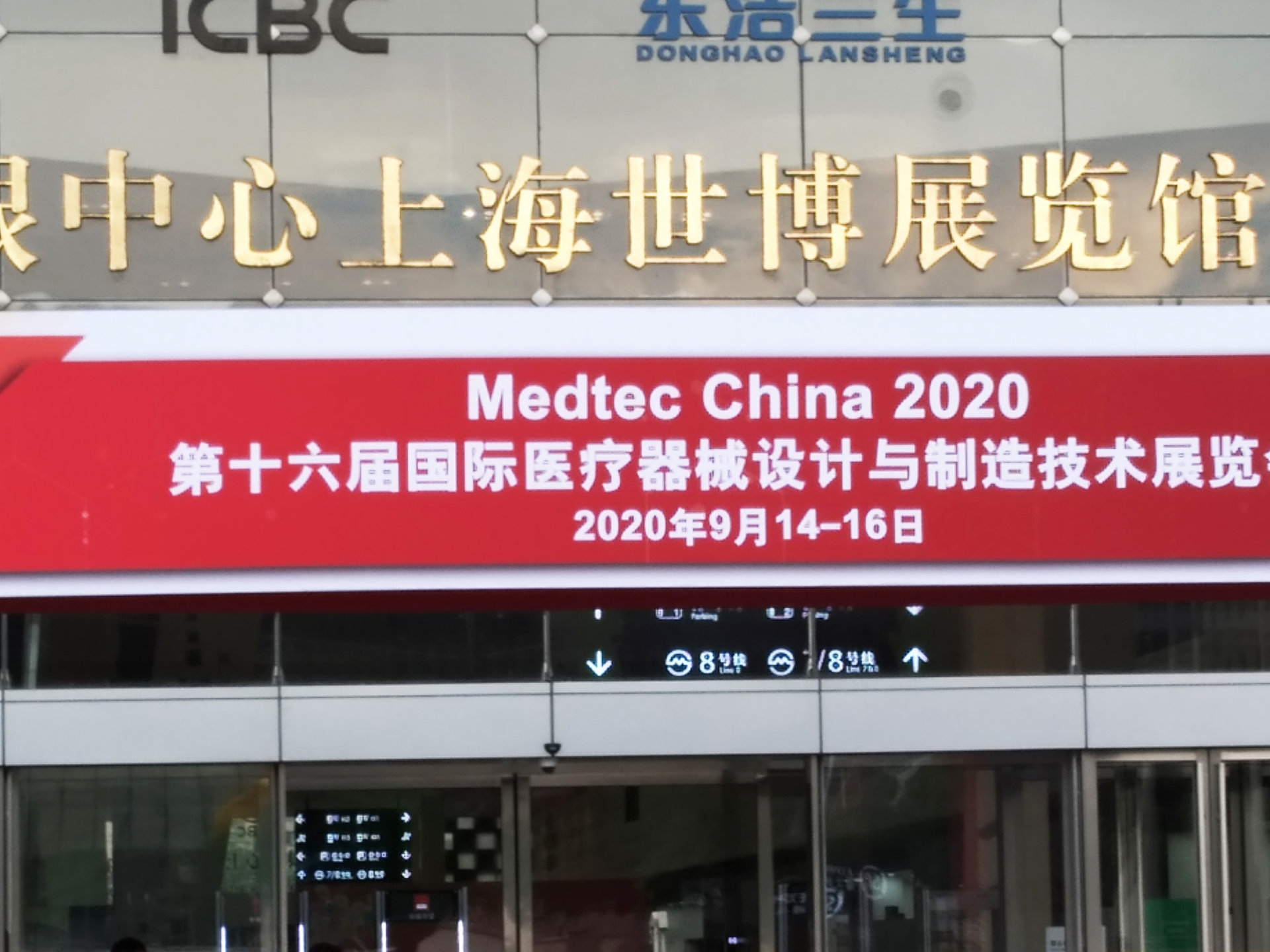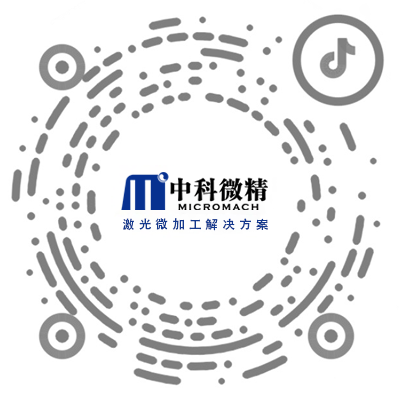
From September 14th to 16th, Medtec China Exhibition and the 16th International Medical Device Design and Manufacturing Technology Exhibition were held at the Shanghai World Expo Exhibition Center, and Zhongke Weijing participated in the exhibition in Shanghai.

As a domestic exhibition for medical device design and manufacturing technology, this year's Medtec China exhibition offers 21 categories including research and development and design services, materials, electronic components, manufacturing equipment, etc. The categories cover the entire medical device and manufacturing industry chain, with over 500 international companies from 25 countries and regions participating. Among them, Zhongke Microelectronics showcased its three-axis, four axis, and five axis ultra fast laser microfabrication equipment, as well as ultra fine cutting of medical micro parts such as heart stents, puncture needles, medical electrodes, and micro gears, ultra fine etching of filling grooves for heart stents, and high-quality processing of meltblown fabric spinnerets at this exhibition.

With the improvement of medical technology, the design, manufacturing, processing technology, and standards of medical devices are constantly improving. More and more medical devices require higher precision, better stability, and lower harm to the human body in the manufacturing process. Ultra fast laser microfabrication, which can achieve ultra-fine cold processing effects, has gradually become an important choice in the field of medical device manufacturing due to its superior physical properties and processing characteristics. For example, during the exhibition, Zhongke Microelectronics showcased thin wall tubes that require high-precision heart stent cutting and etching processing. This is achieved by using the strong electric field generated by ultrafast laser short pulses to eliminate free electrons near the material cutting point, causing positively charged materials to repel each other and lose intermolecular forces. The material removal is completed through "molecular removal", thus solving a series of problems caused by traditional processing, such as burrs, uneven groove width, severe surface erosion, and uneven rib width.


 微信公众号
微信公众号
 抖音
抖音
 视频号
视频号